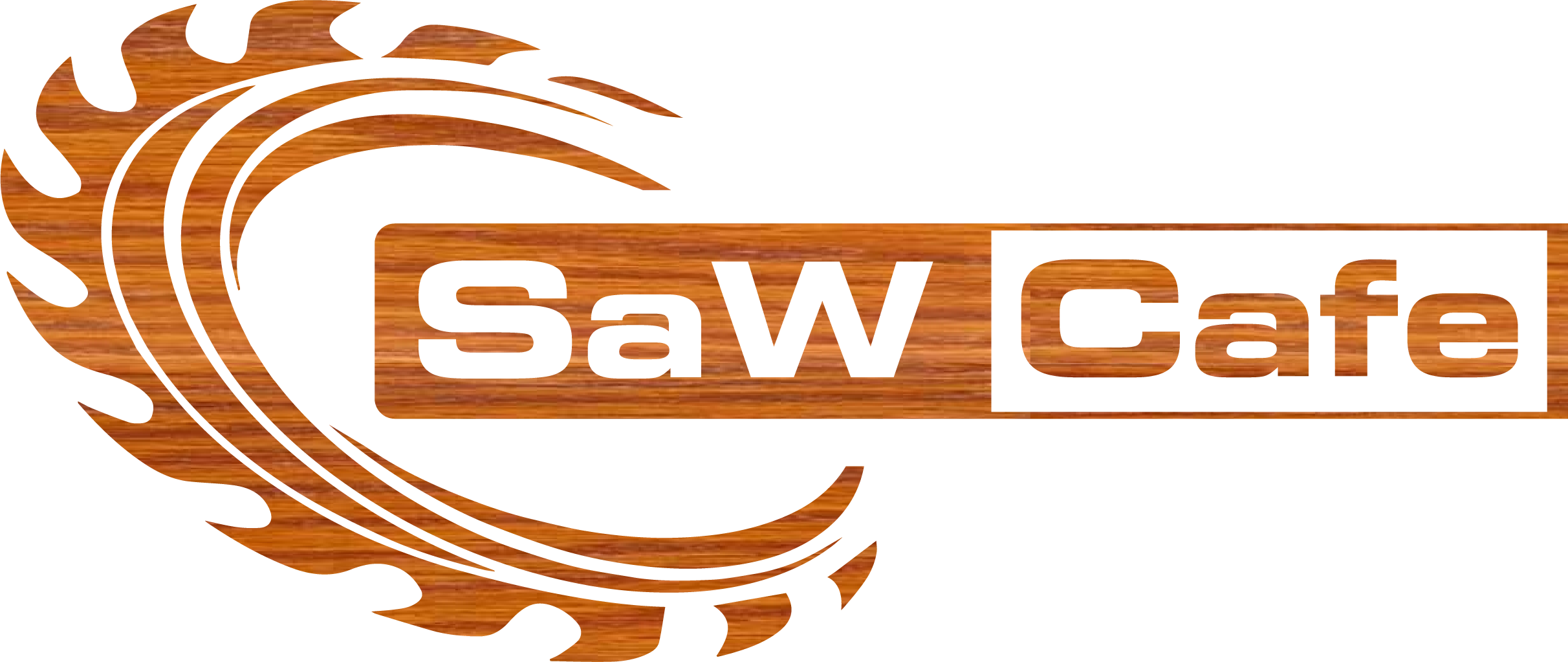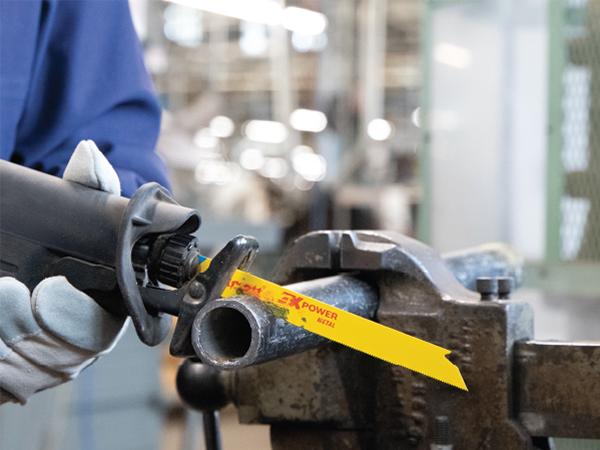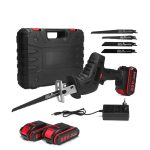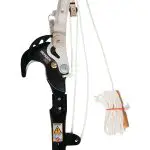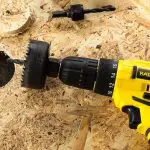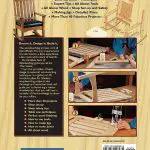Reciprocating saws are commonly used for a variety of tasks, such as cutting through different materials like wood, metal, and plastics, as well as demolition work, pruning trees, and remodeling projects. With their back-and-forth motion, these powerful saws have a blade that moves in a reciprocating motion, allowing for efficient cutting in tight spaces.
They are versatile tools that provide quick and precise cutting, making them popular among professionals and DIY enthusiasts alike. Whether it’s cutting through pipes, removing drywall, or trimming branches, reciprocating saws are designed to handle tough cutting tasks with ease.
1. Demolition
Reciprocating saws are commonly used for demolition purposes. They are perfect for breaking down structures, such as walls and floors. With their powerful blades, reciprocating saws can easily cut through nails and screws, making them handy tools for remodeling projects.
Whether you’re tearing down a wall or removing a stubborn floor, a reciprocating saw can make the job much easier and faster. Its versatility and ability to handle tough materials make it a go-to tool for contractors and DIY enthusiasts alike.
Whether you’re a professional or a beginner, a reciprocating saw is a valuable addition to your toolkit.
2. Cutting Materials
Reciprocating saws are versatile tools used for a variety of cutting tasks. In woodworking projects, they are great for cutting materials such as wood, making precise cuts and shaping. They can also be used for trimming branches and trees, allowing you to easily remove unwanted growth.
Additionally, reciprocating saws are effective for metal cutting and shaping, making them useful in various applications. Whether you’re working on a carpentry project or need to cut through metal pipes, a reciprocating saw is a reliable tool that gets the job done efficiently.
With their power and adjustable speed settings, these saws offer precision and control, making them a popular choice among DIY enthusiasts and professionals alike.
3. Plumbing And Electrical Work
Reciprocating saws are incredibly versatile tools that find their use in various applications. In plumbing and electrical work, they prove to be indispensable. One of the primary functions of a reciprocating saw in these fields is cutting pipes. The powerful motor and sharp blade allow for precise and effortless cutting, making it easier to install or replace pipes.
Additionally, reciprocating saws are perfect for removing old fixtures. Whether it’s loosening stubborn bolts or dismantling old plumbing fixtures, these saws make the task much more manageable. Moreover, their compact size and adjustable shoe design make accessing tight spaces a breeze.
Whether it’s under a sink or behind electrical panels, the maneuverability of reciprocating saws is unparalleled. So, if you’re working on plumbing or electrical projects, a reciprocating saw is a must-have tool in your arsenal.
4. Emergency Situations
Reciprocating saws are incredibly versatile tools that can be invaluable during emergency situations. When rescuing trapped individuals, these saws can easily break through obstacles and cut through debris. Their powerful, back-and-forth motion allows them to quickly slice through materials such as wood, metal, and plastic.
Reciprocating saws can be used to create emergency exits, free people from wreckage, and clear pathways for rescue teams. These saws are also commonly used by emergency responders, firefighters, and search and rescue teams. The ability to cut through materials efficiently and effectively makes reciprocating saws an essential tool in emergency situations.
5. Home Renovations
Reciprocating saws are incredibly versatile tools that can be used for a variety of home renovation projects. One common application is installing windows and doors, as these saws can easily cut through materials like wood and metal, allowing for precise and clean cuts.
Additionally, reciprocating saws are useful for cutting countertops and tiles, making them handy for kitchen and bathroom renovations. Another benefit is their ability to remove old fixtures, such as cabinets or built-in furniture. The powerful cutting action of reciprocating saws makes quick work of these tasks, saving time and effort.
Whether you’re a DIY enthusiast or a professional contractor, having a reciprocating saw in your arsenal can greatly enhance your ability to complete home renovation projects with ease.
6. Diy Projects
Reciprocating saws are incredibly versatile tools that can be used for various DIY projects. One popular utilization is in creating custom furniture. Whether you’re building shelves and cabinets or crafting unique items, a reciprocating saw can make the process much easier.
These saws have a back-and-forth cutting motion, allowing you to make precise cuts in different materials such as wood, metal, and plastic. With the right blade attachment, you can tackle different cuts, including straight cuts, curved cuts, and even plunge cuts.
Their portability and power make them ideal for DIY enthusiasts and professionals alike. So, if you’re looking to take on some woodworking projects or add a personal touch to your furniture, a reciprocating saw is a must-have tool.
7. Automotive Repairs
Automotive repairs often require the use of reciprocating saws. These versatile tools are ideal for cutting through metal parts, making them essential for various tasks. One common use is removing exhaust systems, which often consist of metal pipes that need to be cut and disassembled.
Reciprocating saws are also valuable for accessing hard-to-reach areas under the hood or in the car’s interior. With their powerful blades and adjustable speed settings, these saws make precision cutting possible in automotive repair work. Whether it’s cutting through bolts, brackets, or other metal components, a reciprocating saw is a valuable tool for automotive professionals and DIY enthusiasts alike.
8. Landscaping
Reciprocating saws are commonly used for landscaping tasks such as trimming hedges and bushes. They make it easy to achieve clean and precise cuts, ensuring that your landscape looks well-maintained. Additionally, reciprocating saws are ideal for cutting through roots that may be obstructing your landscaping projects.
With their powerful and efficient cutting action, these saws can quickly and effortlessly remove unwanted roots. Furthermore, reciprocating saws are great for shaping garden structures. Whether you’re shaping wooden beams, posts, or other garden structures, the reciprocating saw’s versatility and precision make it a valuable tool.
So, if you’re looking to tackle landscaping tasks with ease and precision, a reciprocating saw is definitely worth considering.
9. Artistic Applications
Reciprocating saws have a wide range of applications, including artistic uses. Sculpting both wood and metal is made easier with these versatile tools. They allow for the creation of intricate designs and the crafting of decorative pieces. Whether you’re working on a woodworking project or adding metal accents to your artwork, a reciprocating saw can assist you in achieving your vision.
The back-and-forth motion of the saw blade is perfect for making precise cuts and shaping materials to your desired specifications. With the right blade and technique, you can transform raw materials into stunning works of art. So, if you’re looking to explore your artistic side and add a unique touch to your creations, consider incorporating a reciprocating saw into your toolkit.
Its power and versatility will undoubtedly enhance your artistic endeavors.
10. General Construction
Reciprocating saws are commonly used in general construction, particularly for framing houses and buildings. These versatile tools excel at cutting through framing materials, such as wood and metal. They are essential for assisting in construction projects, allowing for precise and efficient cutting in various applications.
Reciprocating saws are favored by construction professionals for their power, speed, and maneuverability. With the ability to quickly change blades, they offer flexibility in tackling different materials and tasks. Whether it’s cutting through studs or trimming excess materials, reciprocating saws provide the necessary cutting power for construction professionals and DIY enthusiasts alike.
Their effectiveness in general construction makes them a valuable addition to any toolbox.

Credit: nemopowertools.com
Frequently Asked Questions For What Are Reciprocating Saws Used For?
What Are The Main Uses Of A Reciprocating Saw?
Reciprocating saws are mainly used for cutting through various materials such as wood, metal, and PVC pipes.
When Should You Not Use A Reciprocating Saw?
A reciprocating saw should not be used in the following situations: 1. When working with delicate materials that may be easily damaged. 2. When precise and accurate cuts are required. 3. When working in tight spaces where maneuverability is limited. 4.
When working on projects that require high levels of control and finesse.
Is It Worth Buying A Reciprocating Saw?
Yes, it is worth buying a reciprocating saw for its versatility and ability to cut various materials effectively.
Conclusion
Reciprocating saws are versatile power tools that can be used for a wide range of tasks. Whether you are a professional contractor or a DIY enthusiast, a reciprocating saw can be a valuable addition to your tool collection. One of the main uses of reciprocating saws is demolition work.
With their powerful motor and aggressive cutting action, these saws can easily cut through materials such as wood, metal, and even masonry. They are perfect for removing old partitions, cutting through nails and screws, or even trimming tree branches. In addition to demolition work, reciprocating saws are also great for remodeling projects.
They can be used to cut openings for windows and doors, trim baseboards, or even install piping and electrical wiring. Another common use of reciprocating saws is in the woodworking industry. With the right blades, these saws can make precise cuts in all types of wood, making them ideal for creating intricate shapes and designs.
Overall, reciprocating saws are incredibly versatile tools that can handle a wide range of tasks. Whether you are a professional contractor or a DIY enthusiast, adding a reciprocating saw to your tool collection will surely help you get the job done efficiently and effectively.
